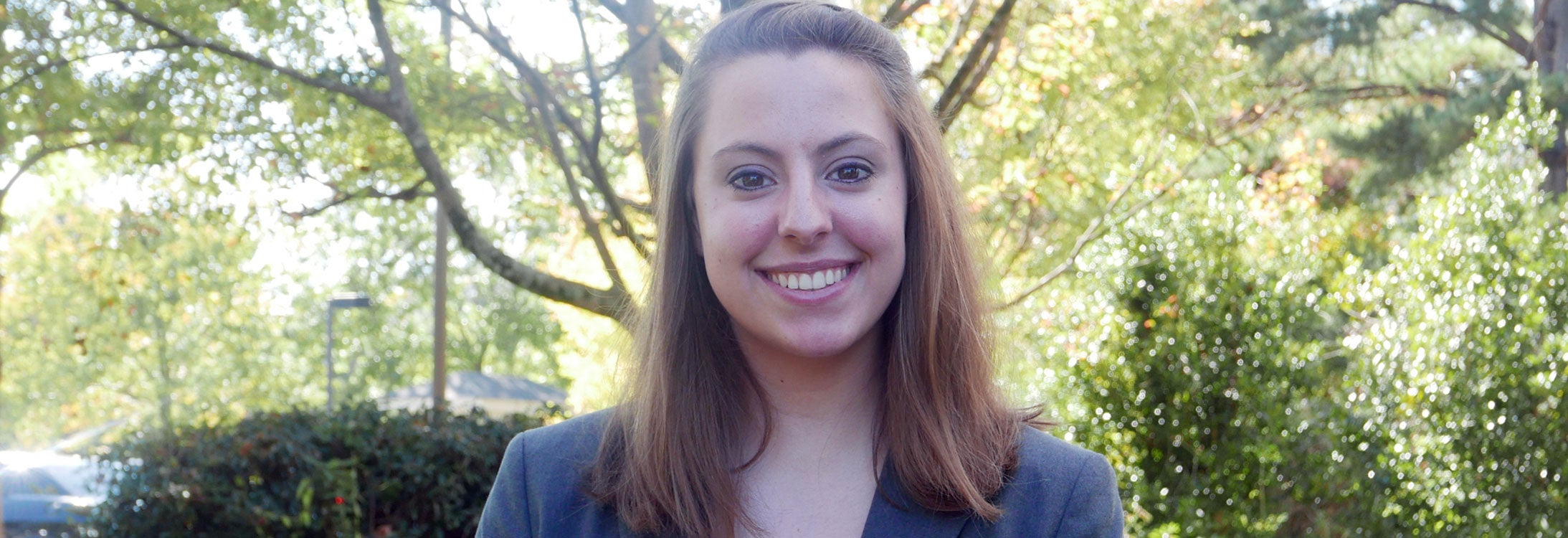Erica Mullis

ECU undergraduate researcher Erica Mullis is solving health disparities in eastern North Carolina as part of the Rural Prosperity Initiative. Erica’s research could one day save the lives of rural community members.
Major: Undecided
Mentor: Jay Golden
Department: Research, Economic Development and Engagement
Project Title: “Rural Prosperity Initiative at ECU”
Can you describe your research project?
I work as part of a research team led by Dr. Jay Golden that collects, connects and observes correlations between data to contrast the differences seen between rural and urban settings, both locally and nationally, concerning public health, economic, socio-economic and educational data.
What were you most afraid of before you started your project?
The most daunting part of this project is how vast and broad it is. It is such a huge initiative that touches so many different domains and aspects of society that I was concerned about how we could effectively address each one and give each one the attention it needs in an effective way.
What skills and expertise have you gained from participating in student research?
This project has given me experience in networking and collaborating with other researchers for information, compiling and analyzing data, and thinking critically to draw correlations and connections that help to form a narrative between the variables contributing to a certain occurrence or problem. Most importantly, I’ve realized that there are often many variable contributing to a problem, not just one.
What did you find out about your study that you were not expecting?
The thing that surprised me was not so much the contrast in the resources between rural and urban settings, but definitely the extent of the gap between things such as health care, energy resources and education and how it is so much bigger than I originally thought.
How does your project connect with ECU’s Rural Prosperity Initiative?
My project is directly connected to the Rural Prosperity Initiative as the team I am a part of provides a lot of the groundwork data and information that is used in helping to direct our attention to the areas we have to grow in or that we are really strong in and can utilize more. My team and I collect raw data from a diverse spectrum of sources and create spatial images to allow us to visualize the disparities occurring between the rural and urban regions, both locally and nationally. For instance, I collect a lot of the public health data and spend time looking at how diabetes or heart disease is more prevalent in rural counties than in more urbanized regions. I can then draw this connection from data I have on the number of primary care physicians in each county and see that diseases are more prominent often times in areas with fewer primary care physicians.
